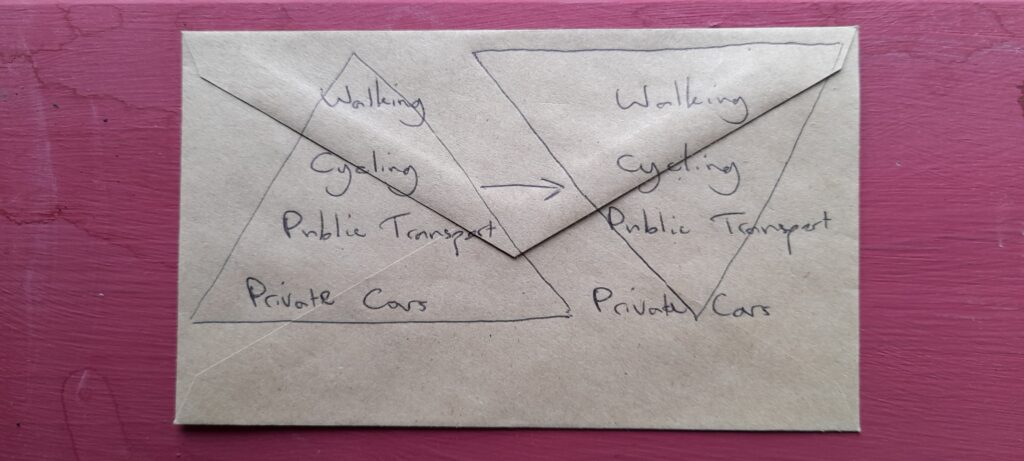Bromley Cyclists / Bromley Living Streets joint submission
In response to the Issues and Options consultation, we have compiled a submission which explains the key issues that Bromley’s Local Plan should address. These issues relate to four sections of the Local Plan consultation document: vision and objectives, housing, employment and retail, transport and public realm.
Continue reading “Local Plan – Issues and Options Consultation”
